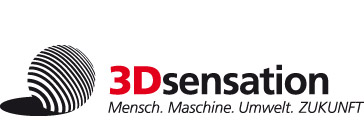Haptics by Sound
The enthusiasm and diverse experiments triggered by the novel non-contact interaction devices of Microsoft's Kinect and Leap-Motion have so far not been able to effect long-term use of the non-contact control in practice. Hygiene and greater freedom of movement are perceived as great advantages. The fact that the user does not have the usual haptic and acoustic feedback of the previous interfaces is assumed as a reason for the lack of success of the non-contact interaction. The haptic and acoustic feedback creates confidence in the respective system. The thesis is supported by a statement such as "it feels firm when you touch it" or the use of sound designers in many consumer products to convey a high quality through the sound of the devices.
In the case of the quietly operated touchscreens, it is often attempted to simulate the user experience of a mechanical key by means of an acoustic and haptic (vibration) feedback to improve the user interface. The contactless interaction eliminates the possibility of haptic simulation by vibration. However, various acoustic signals (e.g. music) can promote haptic excitements, such as goose bumps or the punch into the pit of the stomach by a muffled bass tone. In addition to the form of the acoustic signal, spatial location is also important. With the IOSONO system, spatial sound sources can be simulated in a whole room by wave field synthesis. Binaural head pose-related sound rendering for headphone systems permits similar effects.
 Man. Machine. Environment. FUTURE
Man. Machine. Environment. FUTURE